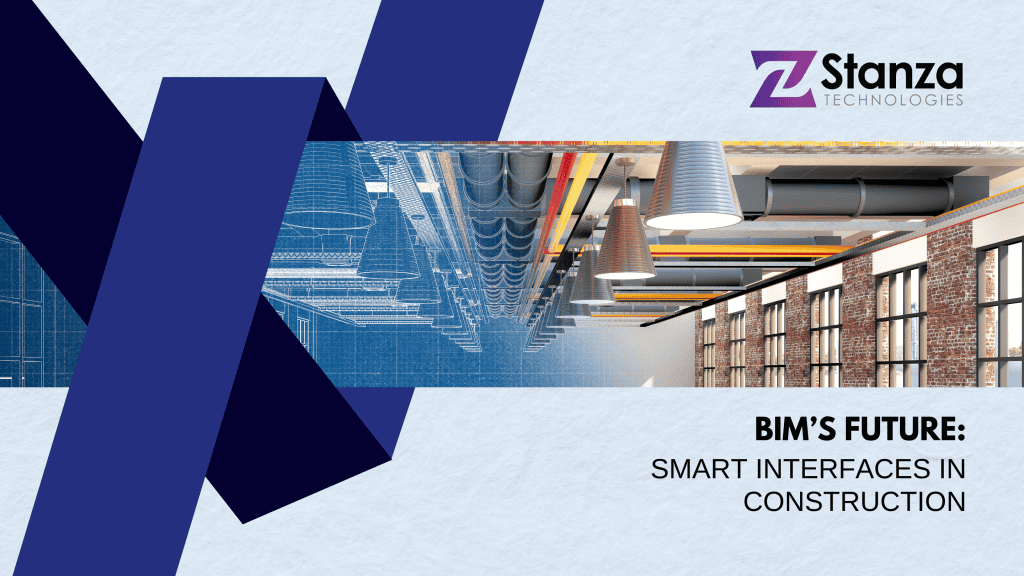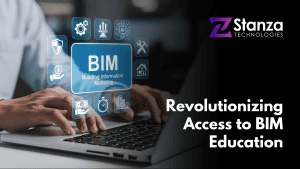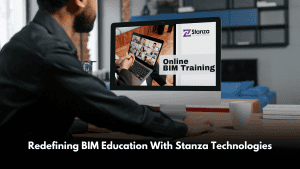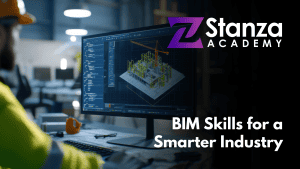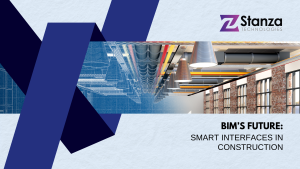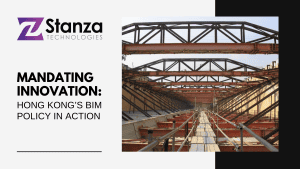By enhancing cooperation, accuracy, and efficiency across the project lifecycle, Building Information Modeling (BIM) has already revolutionized the engineering, construction, and architecture sectors. However, the integration of cutting-edge interfaces, such as voice commands, automation, and robotics, promises even more significant changes in the future of BIM. These new technologies are changing construction workflows and project delivery in general, not just how professionals in design and construction work with BIM models.
In the past, a significant amount of BIM interaction was performed manually using hardware such as keyboards, mice, and monitors, as well as software tools. Despite its effectiveness, this mode of engagement limits how quickly and easily project teams can coordinate tasks, make adjustments, and respond to on-site conditions. By facilitating more organic and intuitive communication between people and digital models, the upcoming generation of BIM interfaces aims to eliminate these obstacles.
At the forefront of this development are voice commands. Professionals can now manipulate BIM data by speaking instructions, a powerful tool that empowers them with control and efficiency. Thanks to natural language processing and artificial intelligence, the need for complicated menus or commands is eliminated. Imagine the BIM system responding instantly and modifying models in response to a construction supervisor’s verbal request for updates on structural elements or scheduling changes while they are on the job site. This hands-free interaction enables faster decision-making and reduces the possibility of mistakes, especially in hectic or high-risk settings.
Additionally, automation in BIM workflows is gaining popularity. Intelligent algorithms can now automate routine tasks, such as quantity takeoffs, clash detection, and model coordination. This liberation from routine tasks allows professionals to concentrate on higher-value tasks, such as strategic problem-solving or creative design. Project management is made more efficient through this automation, which also enhances the accuracy of project documentation by ensuring that modifications made on the job site are reflected in the digital model almost instantly.
The combination of robotics and BIM is arguably the most exciting new area. To guide autonomous or semi-autonomous machines in carrying out precise construction tasks, robotics technologies are increasingly utilizing BIM models as digital twins of the actual site. Robots equipped with BIM data, for example, can assist with repetitive or hazardous tasks such as drywall installation, concrete pouring, and material transportation, thereby reducing the need for human labor. Because robots can perform tasks with consistent accuracy and work in potentially hazardous environments, the combination of BIM-driven robotics significantly improves construction quality and safety, instilling a sense of security and confidence in the future of the construction industry.
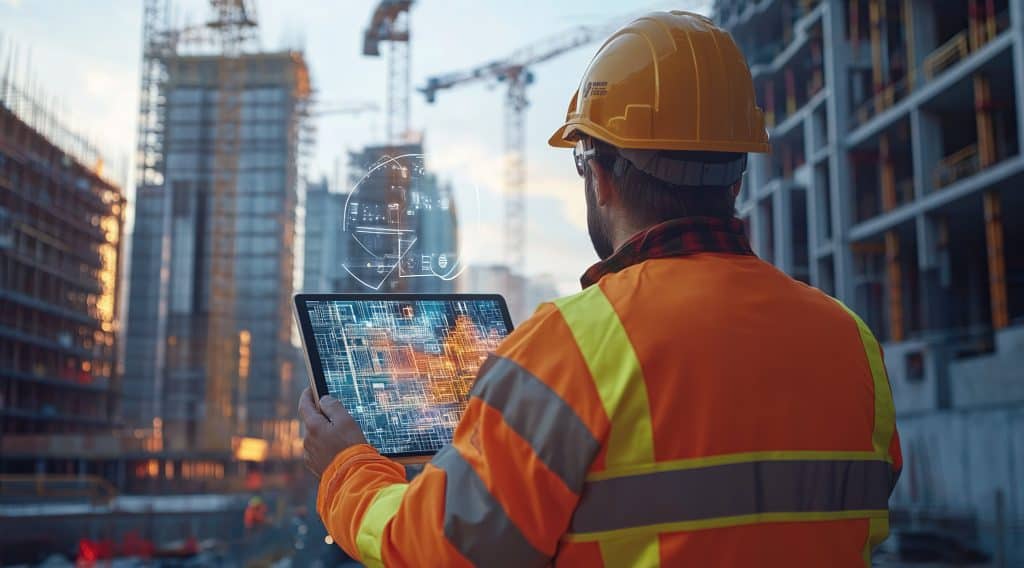
At Stanza Technologies, we view these innovations as valuable tools that our teams are actively investigating and implementing to improve project outcomes, not just as futuristic ideas. Voice-activated BIM interfaces reduce on-site downtime, enabling both remote and on-site teams to collaborate in real time. Automation, on the other hand, enhances workflow efficiency by minimizing human error and accelerating delivery. Integrating robotics creates new opportunities for safety and accuracy that were previously unattainable with conventional building techniques.
The construction industry will become more integrated, flexible, and intelligent as these technologies develop and become standard parts of the BIM ecosystem. While businesses will need to make investments in new technology infrastructure and skills to make the shift, the potential cost savings and return on investment are substantial. For instance, voice-activated BIM interfaces can reduce on-site downtime and enhance collaboration, resulting in faster project completion and lower costs. Automation can streamline workflows and reduce human error, further improving efficiency and reducing costs. Integrating robotics can improve safety and accuracy, potentially reducing insurance costs and improving project outcomes. Stanza Technologies is dedicated to staying at the forefront of these advancements, providing our clients with BIM solutions that use robotics, automation, and voice to create structures that are more intelligent and sustainable.
Digital, interactive, and automated construction is the future, and BIM is at the heart of this transformation. Any forward-thinking business that wants to steer the industry into the next era must embrace these new BIM interfaces.
